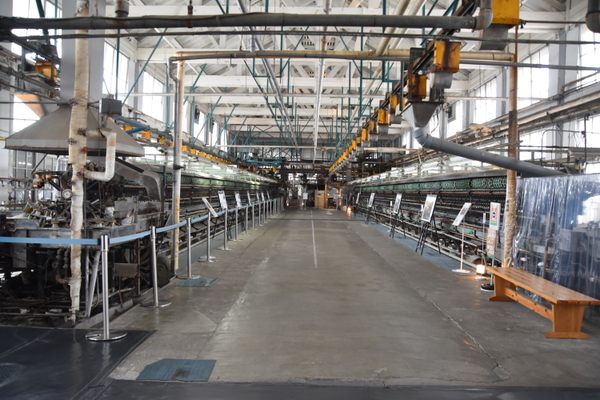About
Pigeon towers of varying sizes and shapes can be found throughout the Middle East, and their use dates back to the Middle Ages, and probably, even further. Far from being a fruitless pastime, pigeon towers provide farmers with much-prized fertilizer – or at least, they did. They were constructed with logs and mud, and their eye-catching architectural designs attract visitors. The design of pigeon towers varies from region to region, each variation representing ingenious adaptations to the geographical and meteorological circumstances of the place.
The set of 14 pigeon towers in Ad Dilam is characterized by very few openings through which birds can enter and exit the towers. However, the inside is entirely covered with niches where pigeons can roost, breed, and find shelter during sandstorms or the hottest months of the year. Wooden beams criss-cross the otherwise empty space between the walls, increasing the strength of the structure, while also providing additional surface where birds can perch.
The area surrounding the Pigeon Tower in Ad Dilam is arid and inhospitable. If it weren’t for reservoirs of water found deep underground it would be uninhabitable for humans. Water alone, however, does not suffice for farming because of the scarcity of nutrients in the soil.
For farmers trying to eke a living out of this land, the phosphorus and nitrogen found in pigeon guano must have been a godsend. Yet, surprisingly, these towers are all but empty (as of 2022). A quick wander around the towers can unravel part of the mystery. Cartridges are scattered throughout the ground around the towers. Whether this is evidence of defensible mass culling or just a vicious pastime remains unclear. What is clear is that these beautiful towers are lamentably underused.
Related Tags
Published
October 11, 2022





































